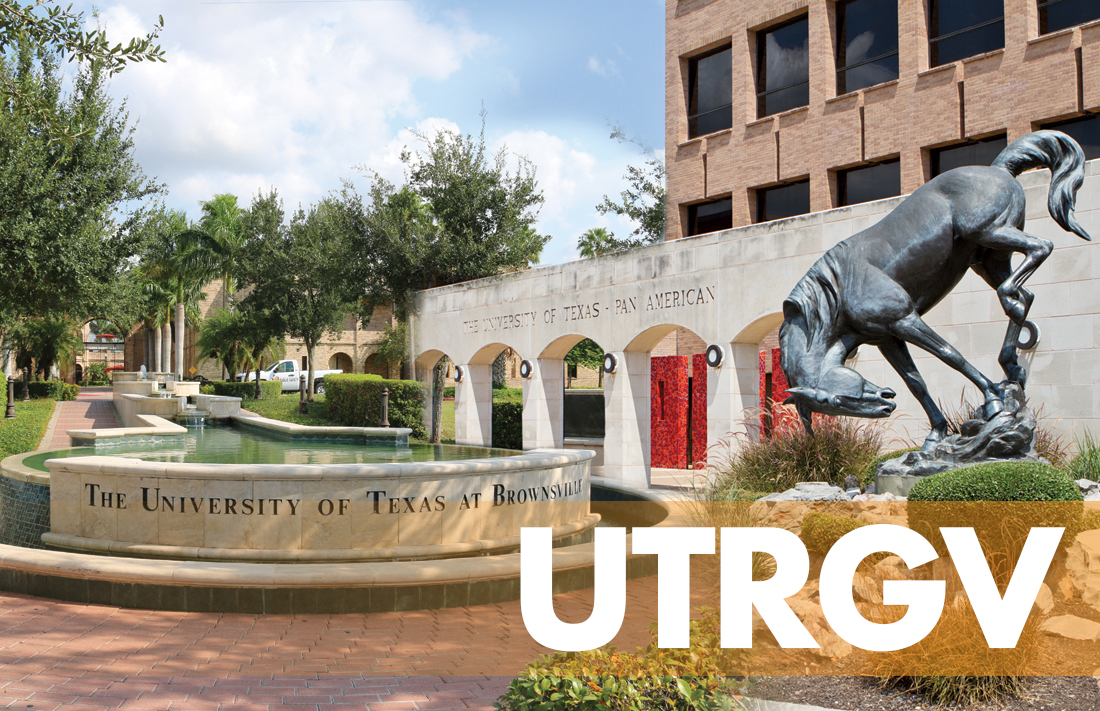
Photo Illustration By Mario Gonzalez
As discussions on the state spending plan for the next two years continue in the Texas Legislature, UTRGV is preparing for potential budget cuts as well as faculty salary adjustments for next fall.
Provost Havidán Rodríguez told The Rider last Wednesday it was too early to determine the impact state budget cuts will have on UTRGV.
“Even though, you know, we’re approaching May here fairly quickly, we still don’t have a clear idea on what will be the budgetary impacts for UTRGV,” Rodríguez said. “It’s hard to say what those numbers are going to look like and depending what those numbers are going to look like, then the president’s Cabinet–the president, [Finance and Administration Vice President] Rick Anderson, myself and the other VPs–will have to get together and establish, if there’s going to be budget cuts, how we’re going to resolve those.”
The provost said UTRGV officials have been looking into potentially “cost-cutting measures in all units,” such as Academic Affairs and Business Affairs.
Asked if there is a possibility of a reduction in force at UTRGV because of the budgetary shortfall, Anderson replied it would be the university’s last resort.
“I hope the reduction in force is not significant enough to where we’re talking about lots of reductions in force,” he said. “There may be certain programs, or things like that, that the university decides that it can no longer do based on the dollars that are allocated.”
Anderson said if certain programs are cut, a phase-out period will usually occur as well.
Faculty pay raises
Seventy-four faculty members have received salary adjustments this academic year as a result of gender and non-gender equity studies. The increases totaled $244,363.
“We’ve made some adjustments, both for gender and non-gender equities,” he said. “We’ve completed those studies and have made adjustments to a number of faculty throughout UTRGV.”
Last summer, UTRGV officials received the results of a study conducted by Huron Consulting Group, a global management consulting company in Chicago, on gender equity in faculty base salaries.
On average, the study found that male faculty members make a median salary of $67,464, while females make $59,253.
The provost said the studies were conducted college by college, the last being the College of Health Affairs. The colleges of Sciences and Liberal Arts were identified as the most in need by Huron.
Salary inversion and compression
The provost said the university is in the process of finalizing a salary inversion and compression.
“With the changes in the labor market, sometimes you’re hiring junior faculty, let’s say assistant professors, whose salaries may be as high or higher than associate or full professors, so that’s an inversion issue,” Rodríguez said. “Then, there’s a compression issue, where you have faculty who have been here for a long time and have not received [salary increases], consistently, over time. Then, salaries of associate and full professors tend to look quite similar. And so, we’re trying to see how that looks like. We’re analyzing the data now for all the UTRGV faculty in tenure and tenure-track positions.”
He said UTRGV will, hopefully, complete that study by the end of May or early June. After the study has been completed, university officials will determine what adjustments need to be made and how much funding it will take in order to make them in the fall.
Enrollment
In a March 22 Staff Senate meeting, UTRGV President Guy Bailey said UTRGV can partially offset any reduction to the university budget by increasing its enrollment.
The provost said the school has already begun the recruitment of more students.
“We are doing a massive number of things to increase student recruitment, from going out there and having all the orientations for our students, meeting with advisers and counselors at the local school levels by providing all kinds of information of the different colleges, by reaching out to principals and superintendents and having close collaborations with the schools,” Rodríguez said.
Enrollment for Spring 2017 was 25,860 and 27,560 for Fall 2016.
Rodríguez said UTRGV is looking at an increase in new freshmen for fall enrollment, so far. However, setting an enrollment goal to partially offset budget cuts is difficult to determine right now.
“It’s hard to say because we don’t know what the budget cuts are going to be,” the provost said. “At the end of the day, student enrollment will only be able to offset part of any budget cuts. We’ll have to look at other measures and look at other initiatives.”
Some of those measures include receiving grants for research, according to Rodríguez. The provost said UTRGV will continue to expand its research, which will provide another measure for securing funds.
“One of the things that we’re trying to do as we move forward towards the new academic year is trying to figure out what are the issues that we, as an institution of higher education, need to deal with,” he said. “As you know, our top priority is student success. So, whatever we do is going to be focused along that narrative. … At the same time, through these equity adjustments that we’re making and through the salary inversion and compression studies that we’re doing, we’re trying to look at how to improve and enhance the salaries of our faculty to make them more competitive.”





